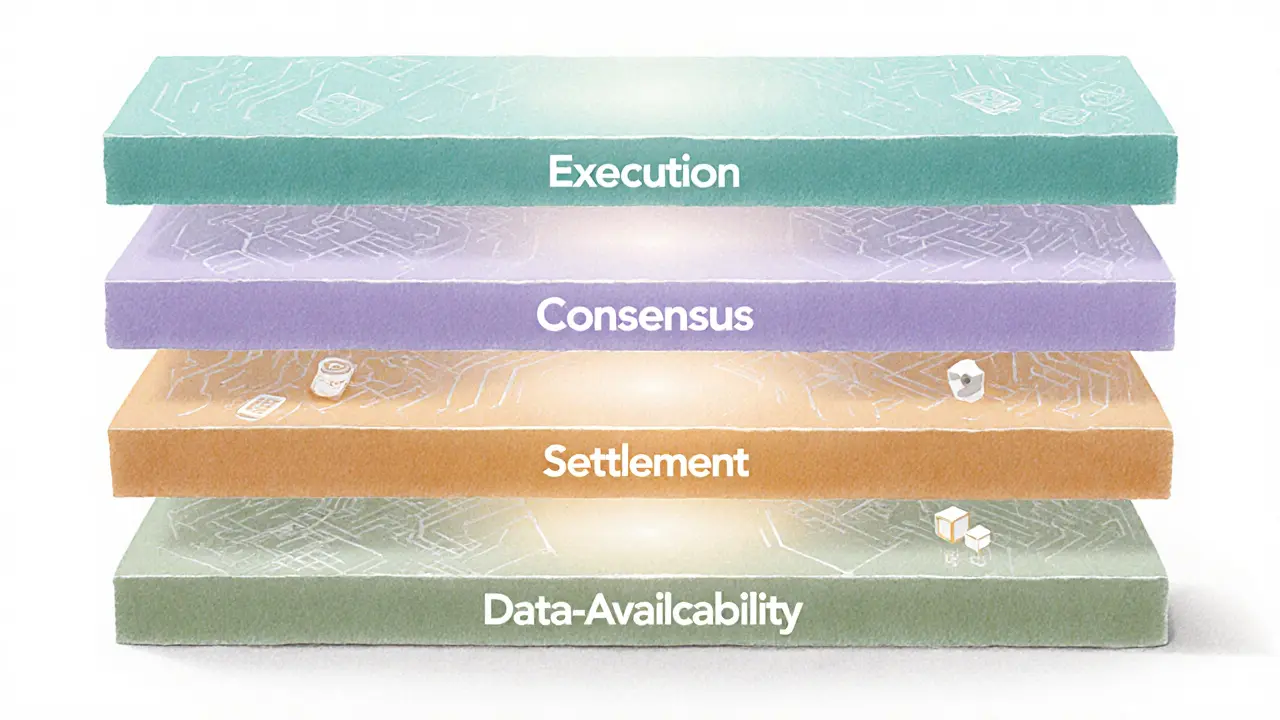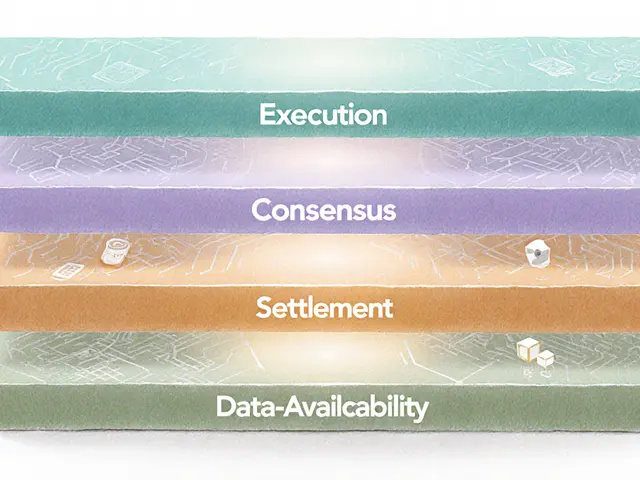Blockchain Orchestration
When diving into blockchain orchestration, the practice of aligning multiple blockchain components—nodes, validators, smart contracts, and data feeds—so they act as a single, reliable system. Also known as distributed workflow management, it helps keep transaction flow smooth, security checks consistent, and network uptime high.
Understanding blockchain orchestration is the first step before you explore any individual piece. For example, a blockchain validator, an entity that confirms blocks, stakes tokens, and enforces consensus rules is a core building block. Validators need clear orchestration rules to avoid slashing, ensure proper rewards, and stay in sync with other nodes. Without coordinated policies, the network could suffer forks or downtime.
Key Concepts in Blockchain Orchestration
Another piece that often appears in the same ecosystem is blockchain voting, a transparent, auditable method for stakeholders to decide on protocol upgrades, parameter changes, or governance proposals. Orchestration tools schedule voting periods, collect cryptographic proofs, and publish results without breaking the chain’s continuity. When voting and validation are aligned, upgrades happen smoothly and participants trust the outcome.
One technical detail that ties everything together is confirmation time, the interval after which a transaction is considered final and irreversible on a blockchain. Orchestration systems monitor confirmation thresholds, adjust fee recommendations, and signal when it’s safe for downstream applications—like DeFi protocols or NFT marketplaces—to act on a transaction. Shorter confirmation times boost user experience, while longer times increase security against double‑spends.
All these elements—validators, voting, confirmation time—are pieces of a larger puzzle that DeFi developers and blockchain architects constantly assemble. Below you’ll find a curated set of articles that break down each component, show real‑world use cases, and give step‑by‑step instructions. Whether you’re a beginner looking for a clear overview or an experienced builder hunting for the latest best practices, the collection below covers the whole orchestration workflow.

Explore how modular blockchains achieve seamless cross‑chain communication, the difference between 1‑to‑1 and n‑to‑1 interoperability, and why Polkadot's XCM sets the standard.
Jonathan Jennings Feb 25, 2025




